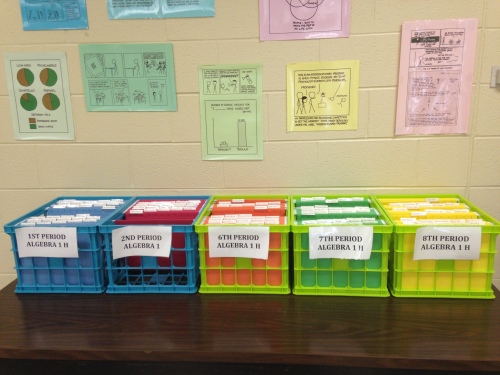These messages affect how women are viewed and treated in the classroom because they reinforce the idea that women should act a certain way; if they don't act how they are expected to, they won't or shouldn't be accepted. If women don't look a certain way or are too outspoken or claim that something is sexist, then they can be viewed as a "feminist" in the incorrect, negative understanding of the term. It is important for teachers to examine how cultural groups are represented in the media, curriculum, and policy because teachers play a critical role in educating students to think differently than simply accepting what has always been the norm. This also applies to how teachers manage their classrooms; will they reinforce the dominant culture? Will they treat students incorrectly? Will they make offensive jokes that single out different cultures or groups? Teachers need to understand how cultural groups are being portrayed so to understand how their students may view each cultural group. If the students only hear one story, that is the only view that they will have.
This “single story” of feminism affects all students. People who
view feminism through this single story who do not identify as feminist will
feel uncomfortable when feminist opinions are brought up. I think that they
will typically conform to gender stereotypes and roles and put down those that
don’t conform. “Powerful” or “Bossy” or “Strong” women will be seen as
unattractive and undesirable, and women who exemplify those attributes will be
seen as or feel undesirable. For students who identify as feminist, male or
female, this single story largely misrepresents the issues that feminism
combats and it would be upsetting to hear it or experience the enforcement of
this single story. Feminist students might feel uncomfortable speaking up or
identifying as such, or lash out in the opposite direction and get angry and
loud.
In concerns with school policy and curriculum, anti-feminist mentalities
would encourage a greater selection of male students for leadership positions
in clubs and sports. In the extreme sense, there would be rules about how only
a male could fill specific positions. Women who would be assertive and do well
in the positions would not be voted in because it is difficult to see women in
positions of authority; it’s annoying according to the single story of
feminism. Anti-feminist or “neutral” teachers and administrators would promote
a curriculum of texts written mostly by men that purport the same mentality. As
a future educator, I need to advocate policies that incorporate equal
opportunity for both men and women, and create or teach a curriculum in a way
that challenges the single story of feminism.
 H
H Here is an example of how to keep the
students’ work organized; this is a cubby for turning in work according
to name, class, and section.
Here is an example of how to keep the
students’ work organized; this is a cubby for turning in work according
to name, class, and section. This is an example of using the projector and screen for class lessons.
This is an example of using the projector and screen for class lessons. Here is an example of how to return work to students
without losing it or allowing it to get disorganized. Each students has
a folder where they can retrieve graded work.
Here is an example of how to return work to students
without losing it or allowing it to get disorganized. Each students has
a folder where they can retrieve graded work.